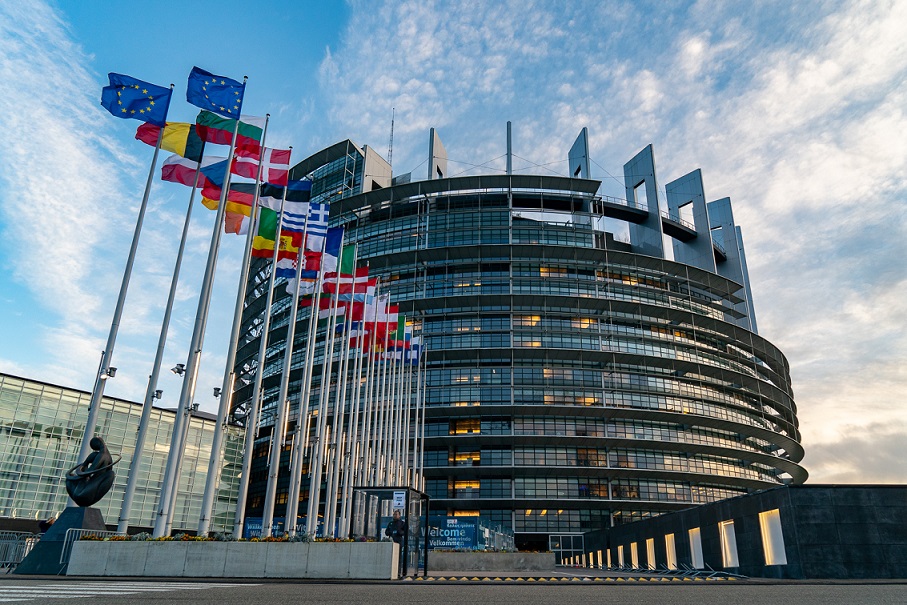EU Parliament Votes to Set Up Carbon Removal Certification System

Lawmakers in the European Parliament voted 448-65 to set up a certification system for the quantification, monitoring and verification of carbon removals, aimed at increasing their use, while building trust with high quality carbon removals, and countering greenwashing.
The vote establishes Parliament’s negotiating position with the EU Council on the European Commission’s proposal for a certification framework. Launched late last year, the proposal formed part of the European Green Deal, the EU’s strategy to achieve climate neutrality by 2050. While the strategy relies primarily on absolute greenhouse gas (GHG) emissions reductions, emissions that cannot be eliminated will need to be balanced out with carbon removals.
Carbon removal is emerging as a key tool in the fight to address climate change, although most technologies and solutions to capture and store carbon from the atmosphere remain at fairly early stages. According to the landmark IPCC climate change mitigation study released last year, scenarios that limit warming to 1.5°C include carbon dioxide removal (CDR) methods scaling to billions of tons of removal annually over the coming decades.
Carbon removal solutions range from industrial technologies such as Direct Air Capture projects to natural carbon sinks. Financing for carbon removal projects can come from a variety of sources such as carbon credits or government incentives, creating a need for a system to verify and quantify the impact and quality of the projects.
The Commission’s certification proposal detailed a series of criteria to ensure the quality and comparability of carbon removals, including the need to accurately measure the climate benefits and for the activities to be additive to current practices, a requirement for certificates to be linked to the duration of carbon storage, and for the carbon removal activity to preserve or contribute to sustainability objectives such as climate change adaptation, circular economy, water and marine resources, and biodiversity.
The initial proposal, however, was criticized by environmentalEnvironmental criteria consider how a company performs as a steward of nature. More sustainability-focused groups, who argued that the new rules were too vague and susceptible to greenwashing.
Parliament’s newly adopted position requires the new proposed certification scheme to be in line with international and scientific standards, and also tasked the EU Commission to establish and manage a registry to ensure transparency of the scheme and to avoid the risk of fraud and double counting of carbon removals.
The position also highlights the need to distinguish between the definitions, quality criteria and the rules on carbon removals, carbon farming and carbon storage in products, due to their differences and environmentalEnvironmental criteria consider how a company performs as a steward of nature. More impact. Carbon removals, for example, would need to be able to store atmospheric or biogenic carbon for several centuries in order to be certified, while carbon farming, which includes activities related to land management, coastal management or animal husbandry that result in carbon sequestration or emission reductions would need to lead to emission reductions for a period of at least five years and not impact food security, and the certification of carbon storage in products would initially be limited to harvested wood products or materials for construction storing carbon for at least five decades.
Following the vote, rapporteur MEP Lídia Pereira said:
“Climate change is already so serious that we cannot rely solely on emissions reductions but also need to remove carbon. This tool makes this possible, as we are advancing with rules to regulate a market that has been plagued by greenwashing, lack of clarity and distrust. Certification will help attract private investment in carbon removal projects, thereby assisting us in our climate transition and furthering Europe’s climate leadership.”